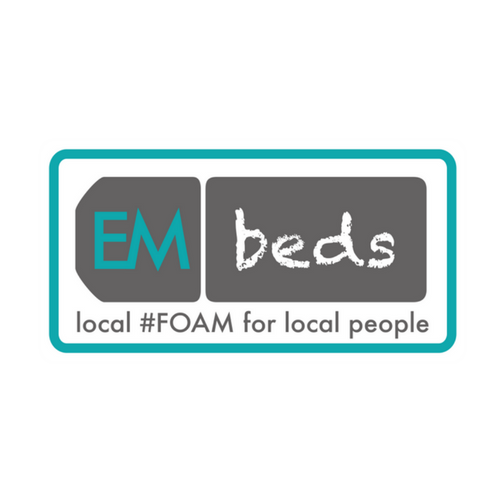CAP is far less common than URTI’s, however, it needs to be considered within your differentials. Depending on severity there is a guide to investigation and treatment.
Clinical Features Typically
- Cough
- Fever
- Breathing difficulties
- Tachypnoea
Uncommon
- Wheeze
- Chest pain
- Abdo pain
- Vomit
- Headache
Mycoplasma
- Cough
- Wheeze
- Chest pain/Arthralgia
- Symptoms worse than signs
Severity
mild-moderate
- Infant: Temp <38.5, RR <50, Mild recession, Taking full feeds
- Child: Temp<38.5, RR <50, Mild breathless, No vomiting
severe
- Infant: Temp >38.5, RR >70, Mod-Severe recession, Nasal flaring, Cyanosis, Apnoea, Grunting, Not feeding, Tachycardia, CRT >2 seconds
- Child: Temp >38.5, RR >50, Severe Resp. distress, Nasal flaring, cyanosis, Grunting, Signs of dehydration, Tachycardia, CRT >2 seconds
Management
mild-moderate – Investigations are not normally required
- Amoxicillin or Azithromycin
- Arrange open access with paediatrics
- Advice
- Return if deteriorating
- No improvement at 48Hours
- GP review
- Add Azithromycin for 3 days
Under 2
- Not normally bacterial
- If has pneumococcal vaccine treat for viral.
- Arrange contact with community nursing team [via Paeds.]
severe – Admit child to paediatrics
Investigations
- Chest X-Ray
- FBC/U&E/CRP
- Blood Culture
Management
- Oxygen [maintain SaO >92%]
- IV Fluids as required
- Analgesic/Antipyretic
- Antibiotics
- Oral Amoxicillin or Azithromycin [Prefered]
- IV therapy if; Septic or oral not tolerated o Consider adding Azithromycin if mycoplasma suspected
- If History of Influenza prior, Co-Amoxiclav [Staphylococcus cover]
PDF:cap pead
